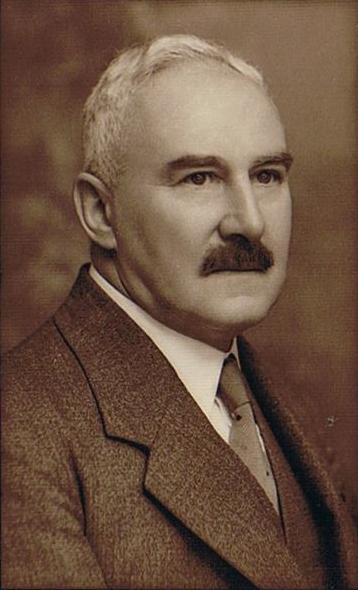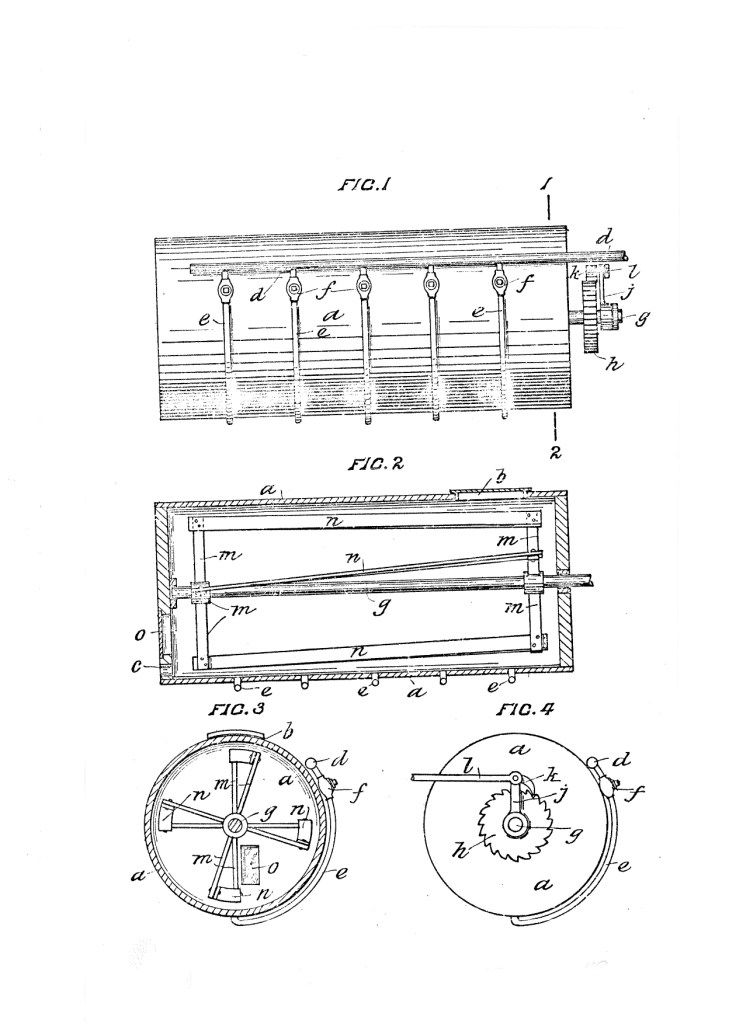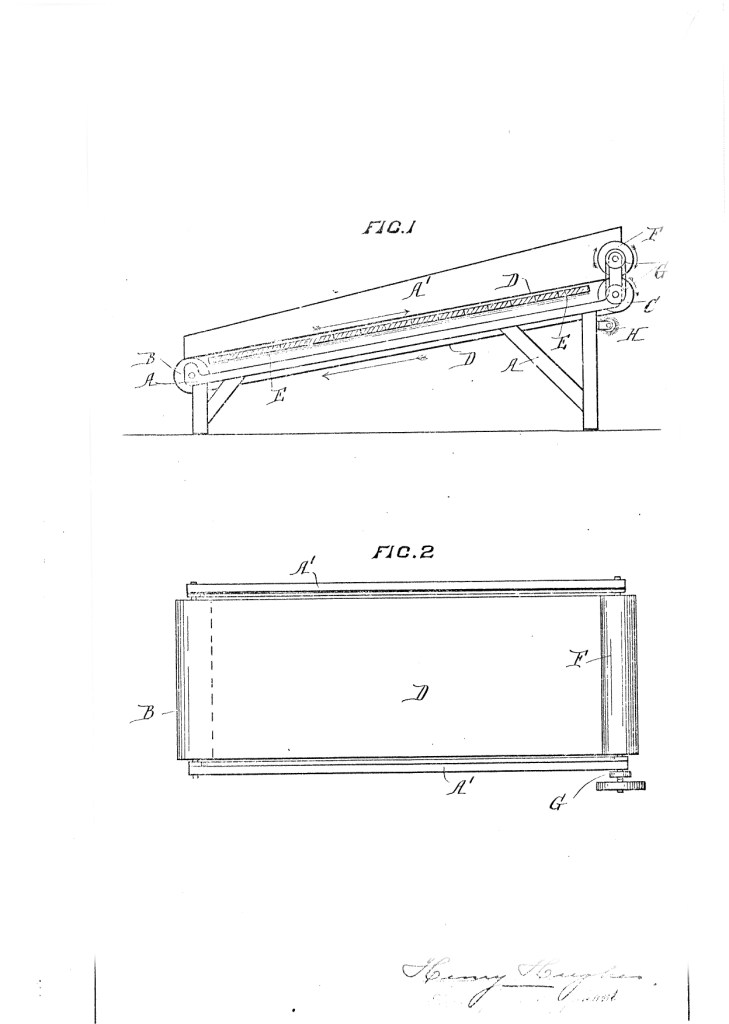Charles Lowe
It was a tiny bright red fruit that first drew entrepreneur, inventor and farmer Charles Lowe to Riwaka in 1900.
It was a tiny bright red fruit that first drew entrepreneur, inventor and farmer Charles Lowe to Riwaka in 1900.1 Fresh off a contract handling horses for the army during the Boer War and a pocket full of compensation money from the loss of his sheep farm on Kapiti Island, Lowe set up a raspberry farm.2 The land produced about three tons of raspberries per acre, with his farm comprising of only six of the thousand or so acres under cultivation in the region.3
Too Many Raspberries
In January 1902, raspberry growers marched angrily to the wharf in Motueka and dumped their crops into the water. No one wanted to buy their fruit: there were too many fresh raspberries on the market.4
In response to the glut, the Motueka Fruitgrower's Co-op Factory was soon outfitted with preservation machinery capable of processing 30 tonnes of fruit per day. Sulphur dioxide was fed into two large kauri cylinders, via pipes, turning the raspberries a porridge colour as they came into contact with the gas.5 The sulphurised raspberries were then sent to local markets or exported to England.
Unfortunately, English jam makers were not eager to buy the discoloured, sulphurised fruit.6 The process was modified so that the fruit would retain more of its luscious red, but this only made English jam makers suspicious that the fruit had not been preserved properly.7
Charles Lowe, then Factory Manager, spent a month traveling the North Island giving cooking demonstrations in 1902.8 He proved that the familiar bright red colour and flavour returned once the sulphur was boiled off. Three years later Lowe hopped on a ship to England to do the same.9
A Fortunate Detour
The steamer from New Zealand landed in San Francisco, where Lowe was to hop on a train to New York and catch another boat to England.10 With some time to kill before he had to be in New York, Lowe decided to explore the St. Louis Exposition. His initial purpose was to see if there was any fruit preserving equipment on show, but he soon became drawn to the golden kiln-dried tobacco. He had only seen brown air-dried tobacco in New Zealand.11
It seems he spent a bit too much time in the Exhibition and ended up missing his boat to England.12 With more spare time on his hands, Lowe decided to visit the tobacco fields in Virginia and South Carolina to see the process for himself.13
He did make it to England eventually and after a few taste tests, the English jam makers decided to buy. Lowe was able to secure a fair price for the raspberries and returned home a hero.14
Going for Gold
Lowe's detour to America made a lasting impression. He continued to manage the Motueka Fruitgrower's Co-op Factory until 1911 when he switched gears and set up an orchard in Harakeke.15 The Harakeke landscape reminded him of Virginia and South Carolina. In 1916 Lowe bought some seed from Gerhard Husheer up in Napier and set about planting his own tobacco.16
Not satisfied with producing brown air-dried tobacco, Lowe set his sights on gold. In 1918 he commissioned the first flue-curing barn in New Zealand from Hamilton Delany of Motueka.17 Other growers soon began asking Lowe for advice with their own crops and, by 1924, Lowe was appointed Tobacco Instructor to the Department of Agriculture.18
Lowe retired from the Department of Agriculture in 1939 and died in 1959. He is buried in the Motueka Cemetery.
Based on Research compiled for an upcoming exhibition at the Motueka District Museum by Joanna Szczepanski 2012
Updated January 31, 2025.
Story by: Joanna Szczepanski
Sources
- Lower Moutere & Wills’ Road School Souvenir Brochure of Schools’ History 1857-1957 (1957) [Lower Moutere, N.Z.]: Brochure Committee p. 54.
- Lowe, C.E. (1956) Autobiographical notes written in 1956. Annotated by Robert Lowe (son). Unpublished. Pg 1. [In 1894 Lowe leases part of Kapiti Island and took up sheep farming and fishing. In 1898 Kapiti Island was acquired for the Crown forcing Lowe to sell his ‘stock and effects’. He received government compensation for his losses two years later.]
- Lowe.
- A meeting of fruitgrowers (1902, 7 January) The Motueka Star. 2(42).
- Holyoake, F. (1984, 27 June) Charles Lowe helped growers out of a jam. Historic Motueka. Motueka Golden Bay News.
- Raspberry Pulp in London (1903, 17 July) The Motueka Star 4(199); Holyoake.
- Fruit Pulp (1904, 13 September) The Motueka Star 5(320).
- [News] (1902, 3 June) The Motueka Star 2(84), p.2.
- Holyoake.
- Holyoake.
- O’Shea, P.K. (1997) The Golden Harvest: A History of Tobacco Growing in New Zealand. Christchurch: Hazard Press. p. 17.
- Holyoake.
- O’Shea, 17.
- Holyoake.
- O’Shea, 17.
- O’Shea, 17-18.
- O’Shea, 18.
- Lower Moutere & Wills’ Road School Souvenir Brochure of Schools’ History 1857-1957 p. 55.
Further Sources
Books
- O'Shea, P. K. (1997). The Golden Harvest: A History of Tobacco Growing in New Zealand, Christchurch, N.Z.: Hazard Press.
https://search.worldcat.org/title/44587921 - Lower Moutere & Wills’ Road School Souvenir Brochure of Schools’ History 1857-1957 (1957). [Lower Moutere, N.Z.]: Brochure Committee.
https://search.worldcat.org/en/title/154813710
Newspapers
- Holyoake, F. (1984, 27 June) Charles Lowe helped growers out of a jam. Historic Motueka. Motueka Golden Bay News.
- Fruit Pulp (1904, 13 September) The Motueka Star 5(320).
https://paperspast.natlib.govt.nz/newspapers/MOST19040913.2.8 - A meeting of fruitgrowers (1902, 7 January) The Motueka Star. 2(42).
https://paperspast.natlib.govt.nz/newspapers/MOST19020107.2.14 - [News](1902, 3 June). The Motueka Star 2(84), p.2.
https://paperspast.natlib.govt.nz/newspapers/MOST19020603.2.4 - Raspberry Pulp in London (1903, 17 July) The Motueka Star 4(199). p.3
https://paperspast.natlib.govt.nz/newspapers/MOST19030717.2.8
Maps
- Lowe, Charles Edward. (1956) Autobiographical notes written in 1956. Annotated by Robert Lowe (son). Unpublished. [held Motueka and District Historical Association Collection]
 Charles Lowe. Motueka District Museum Collection
Charles Lowe. Motueka District Museum Collection Raspberry sulphuriser. Diagram taken from Charles Lowe (1903) “Improved means for sulphurising fruit”. New Zealand Patent no. 16996
Raspberry sulphuriser. Diagram taken from Charles Lowe (1903) “Improved means for sulphurising fruit”. New Zealand Patent no. 16996 Lowe also invented a machine that stripped currants from their stalks. The stalks passed through the opening between F and C and the loose fruit rolled back down the conveyor. From Charles Lowe (1906) “An Improved machine for cleaning and for stripping currants and the like from their stalks”. New Zealand Patent Application no. 18927. Click to enlarge
Lowe also invented a machine that stripped currants from their stalks. The stalks passed through the opening between F and C and the loose fruit rolled back down the conveyor. From Charles Lowe (1906) “An Improved machine for cleaning and for stripping currants and the like from their stalks”. New Zealand Patent Application no. 18927. Click to enlarge